There’s something special about watching birds flutter into your garden. Whether it’s their cheerful chirps or the graceful way they dip and dart around. If you’ve ever thought about setting up a bird feeder, you’ll know that it’s more than just hanging a bit of food, it’s about welcoming nature into your home. But what kind of bird feeders do birds like best, and does it really matter where you hang them? Let’s explore everything you need to know to create a bird-friendly garden that’s as practical as it is enjoyable.
Does the shape of the feeder matter?
Different birds have different feeding habits, and the shape of your feeder can make a difference in who visits. Seed feeders are a favourite for many common garden birds like a Cape Robin-Chat and a Southern Masked-Weaver, while a suet feeder will appeal to insect-loving birds like an Olive Thrush or a Fiscal Shrike. If you want a bird feeder that blends both function and style, our Large Black House Feeder or Small Seed Feeder are wonderful options, offering plenty of space for seeds while being easy for birds to perch on. A variety of feeder styles will encourage more species to stop by.
Can you hang a feeder in the rain?
Birds aren’t too picky about the weather, but keeping their food dry makes all the difference. Wet seed clumps together and can go bad quickly, which birds don’t appreciate. If possible, hang your feeder under a tree or sheltered spot, keeping it out of the direct rain. If you’re short on covered space, our Wall Seed Feeder is ideal, providing a spot on your outdoor wall where you can protect the feed while keeping it easily accessible for the birds.
How long can bird seed stay outside?
Fresh bird seed is the best kind. Depending on the weather, seed can last outside for up to two weeks, but after heavy rain or high humidity, it’s good to check for any clumping or mould. Your garden birds will thank you for keeping their food fresh, and you’ll enjoy the sight of them happily eating rather than turning their beaks away.
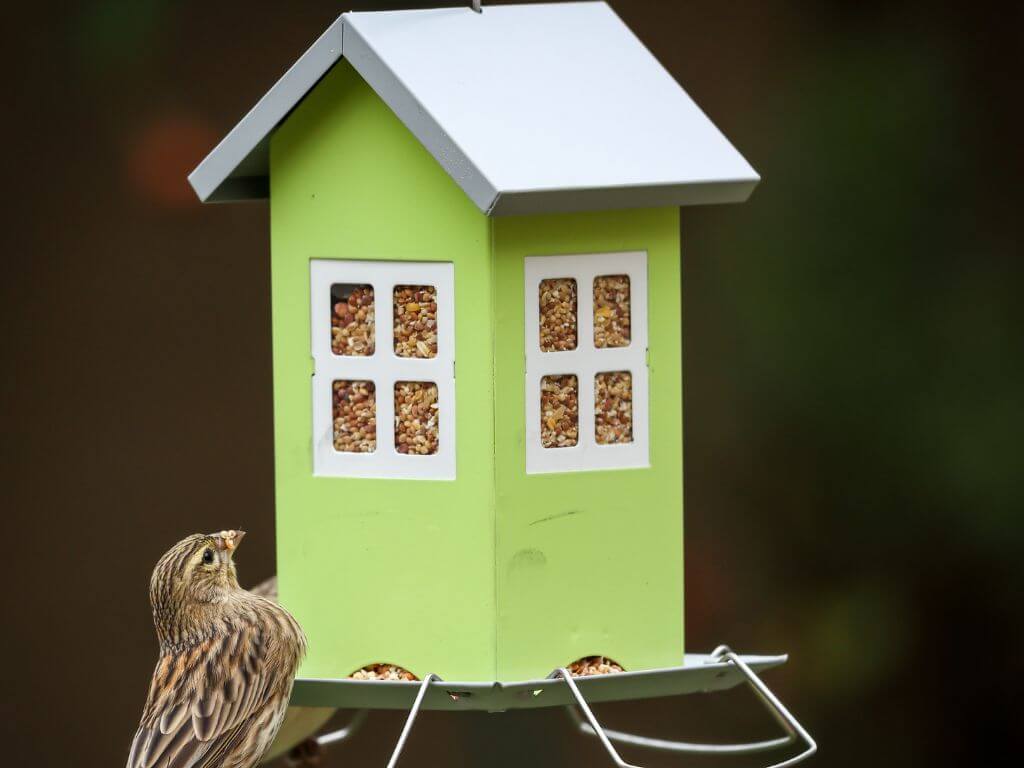
Should you clean up crumbs underneath?
It’s a good idea to clean up the area underneath your bird feeder from time to time. Seed that falls to the ground can attract unwanted pests, and a tidy space keeps your garden safe for the birds. Plus, clearing old crumbs helps prevent any mould or bacteria from growing, ensuring the whole environment stays healthy.
Where’s the best place to hang your feeder?
When it comes to placing your bird feeder, think about visibility and safety. Birds like to feel secure while they eat, so hanging your feeder near trees or shrubs gives them a quick escape if they sense danger. Avoid placing it too close to windows, as birds can sometimes get confused and fly into them. And, of course, choose a spot where you can enjoy watching the birds easily.
If you want to learn which feeders birds love best, make sure to read our guide: What type of feeder attracts the most birds?
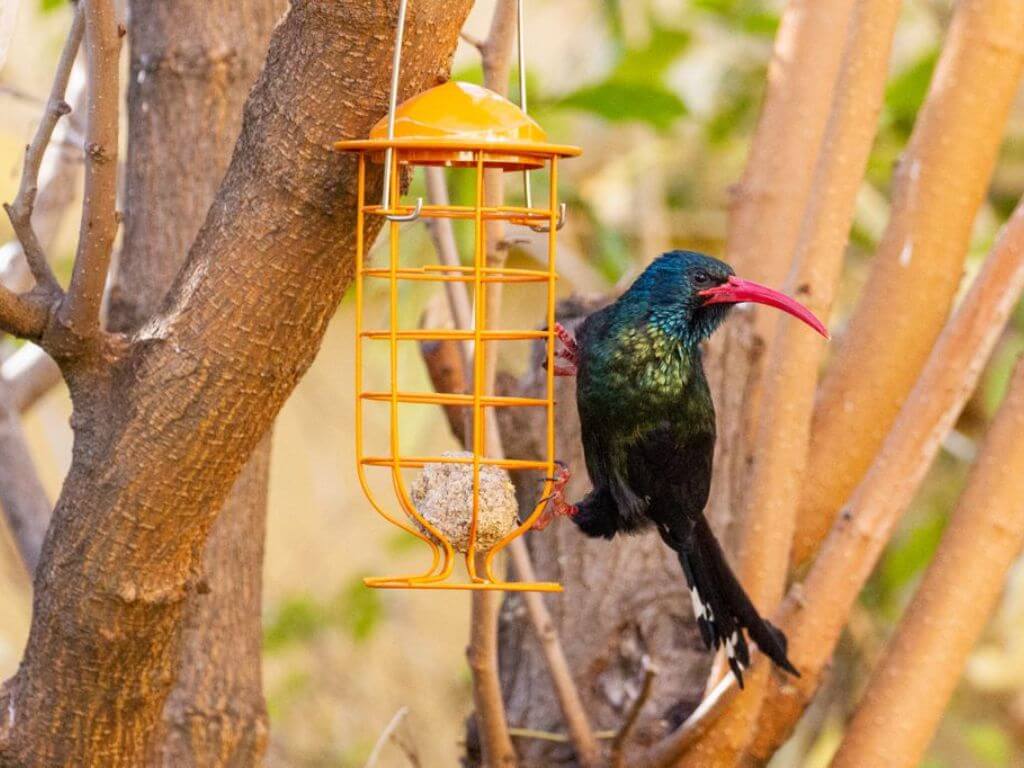
How to monkey-proof your feeder
In some areas, it’s not just birds eyeing your feeder—monkeys can be pretty curious too. Placing your feeder in an open space where monkeys can’t leap onto it from trees or fences also helps keep the bird food for the birds.
Why designer bird feeders aren’t always the best option
Designer bird feeders may look fancy, but they often come with their own set of challenges. Many are difficult to clean, spill seed easily, or don’t last long in the elements. Some are even tough to refill, turning a simple task into a bit of a mission. At Westerman’s, our feeders are built for real gardens, with sturdy perches, easy-clean designs, and long-lasting materials that can handle outdoor conditions.
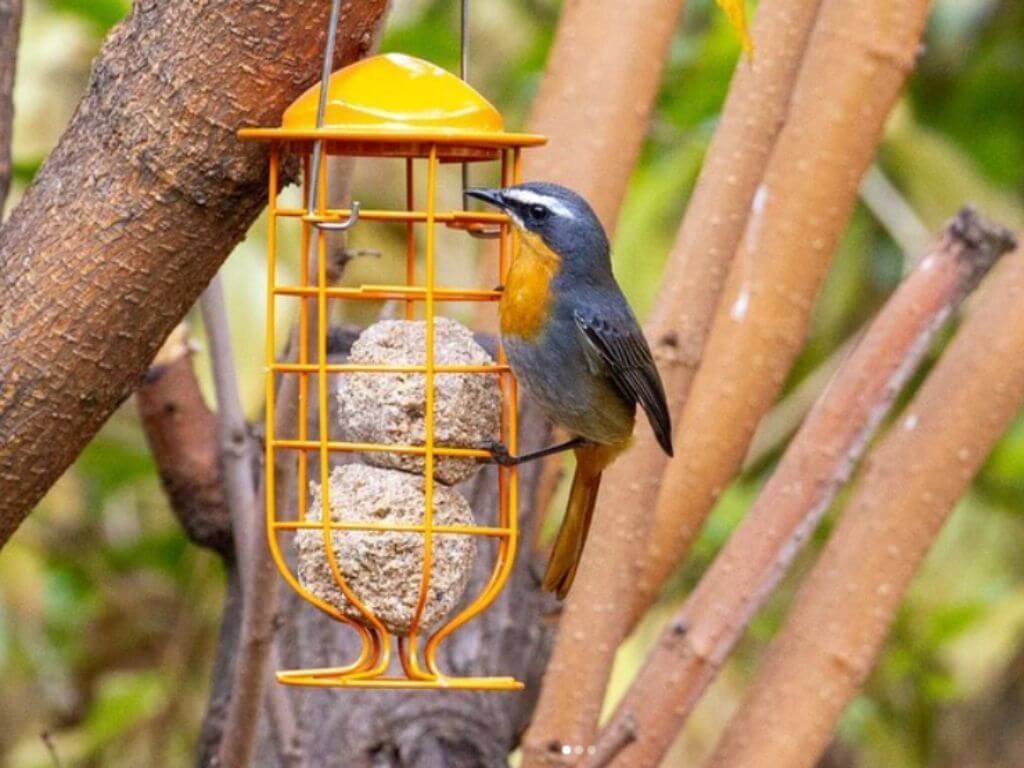
Types of bird feeders
- Seed feeders: These are perfect for a variety of wild birds. Our Large Black House Feeder and Small Seed Feeder provide ample space for seeds, while the Small Blue House Feeder and Small Yellow House Feeder add colour to your garden.
- Suet feeders: Great for attracting birds that need a little more energy. The Large Suet Ball Cage and Suet Slab Cage are easy to hang and keep birds well-fed with nutrient-rich suet.
- Fruit feeders: Fruit feeders are perfect for attracting fruit-eating birds like barbets, bulbuls, and weavers. You can offer slices of apples, bananas, or other fresh fruits that birds love. Our specially designed fruit feeders allow you to easily place and secure fresh fruit for birds to enjoy.
Maintaining your bird feeder
Regularly cleaning your feeder keeps your birds healthy and ensures that no old or mouldy food remains. A quick rinse with warm water and a mild soap does the trick. Just make sure to dry it thoroughly before refilling with fresh seed.
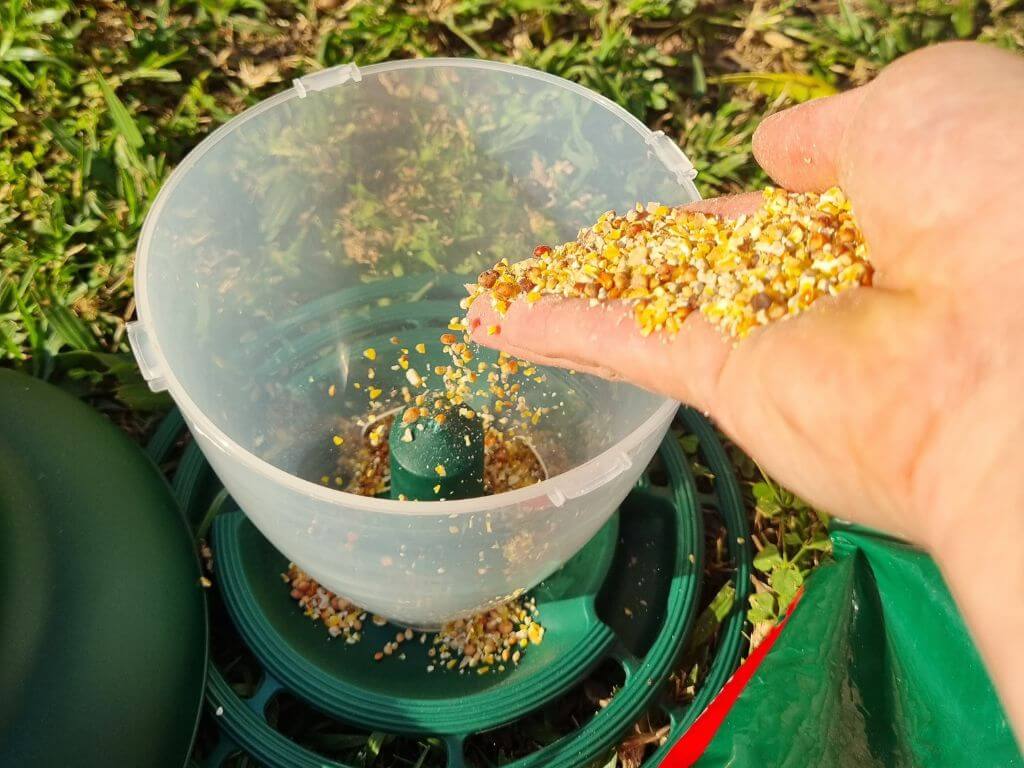
Common bird feeder mistakes
Overfilling the feeder
Too much food can spoil, especially in wet conditions. Fill feeders with smaller amounts and top up as needed.
Bad placement
Placing bird feeders too close to walls or low to the ground can make birds feel unsafe and attract pests.
Not cleaning regularly
Dirty feeders can spread disease. Clean them often to keep your garden birds healthy.
Ignoring seed spills
Dropped seeds can attract rodents and insects. Clean up around the feeder to avoid pests.
Getting the family involved
Bird feeding is a wonderful activity to share with the family. Kids will love helping fill the feeder, watching for new bird visitors, and learning about the different species that come by. It’s a simple, enjoyable way to bring the family together and connect with nature.
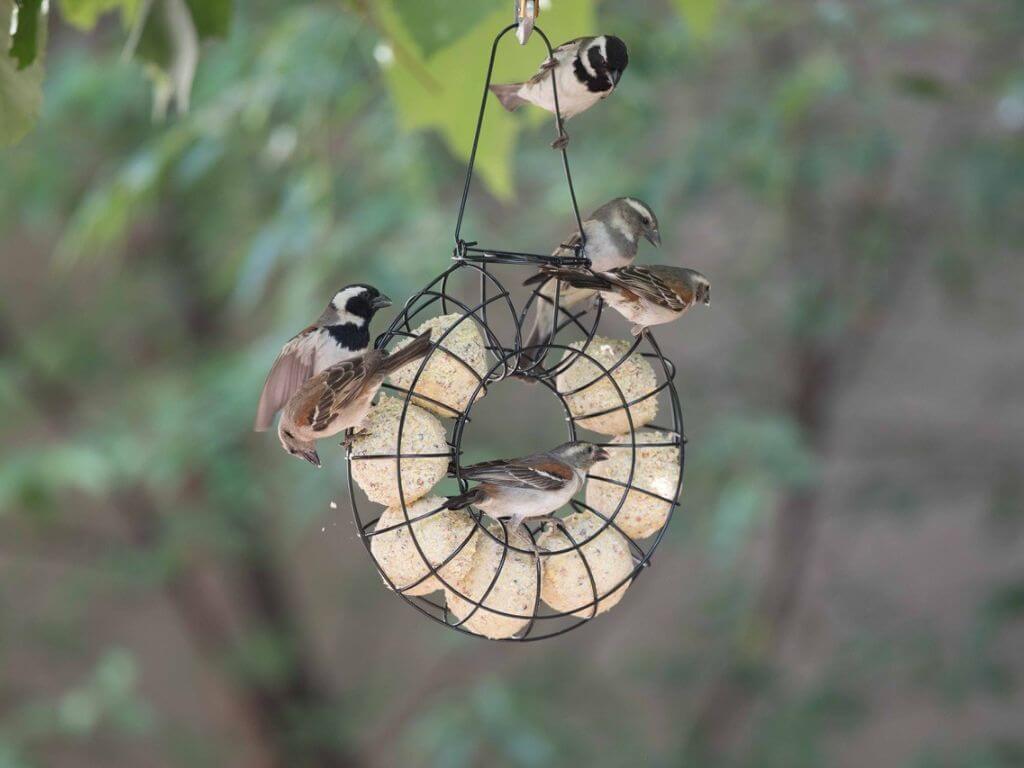
By choosing the right bird feeder and keeping it well-maintained, you’re opening your garden to a world of wonderful bird life. Whether it’s a cheerful Red-headed Finch or a curious Fork Tailed Drongo, you’ll enjoy the simple pleasure of seeing your garden birds thrive. So why wait? Your backyard can be filled with birds with the help of Westerman’s.
Please visit our product page to see our range of bird feeders.